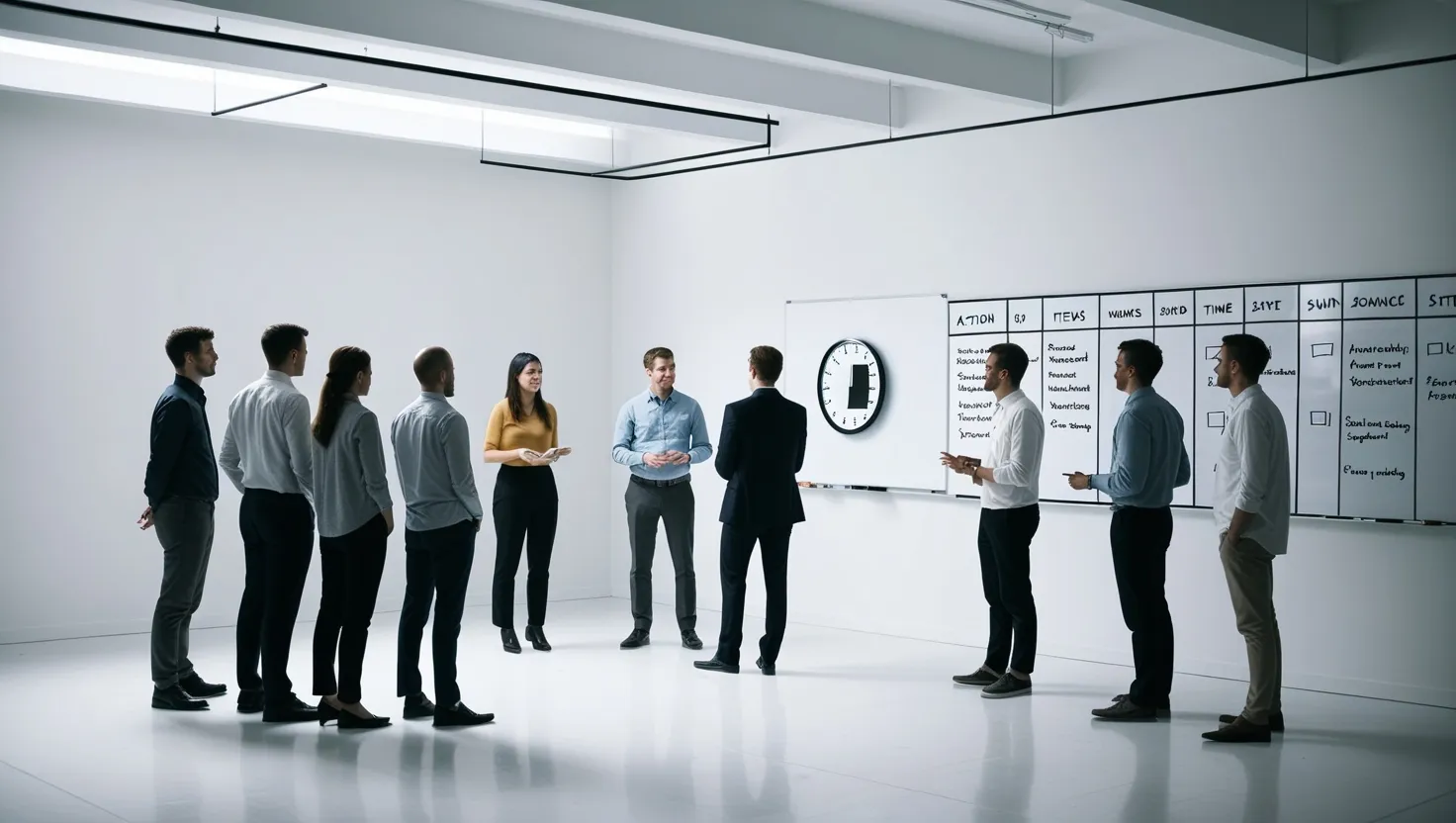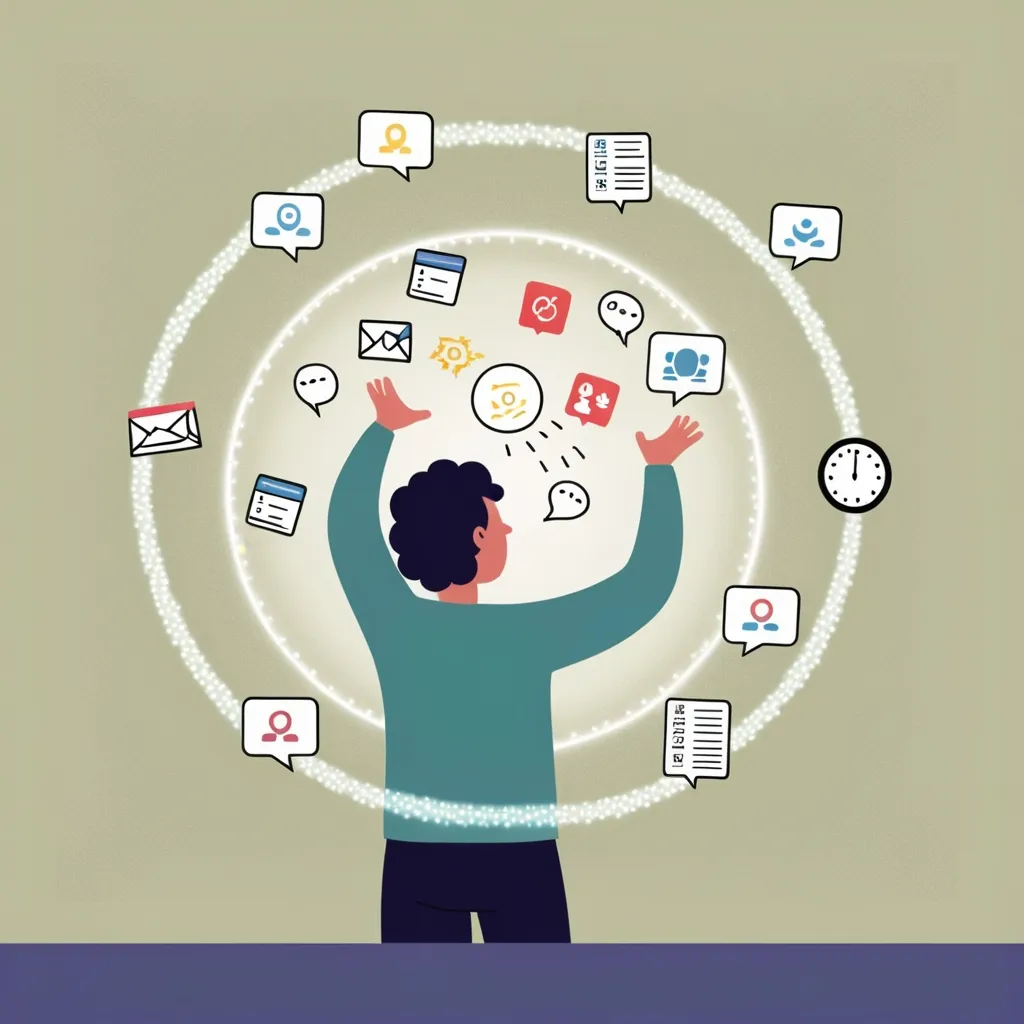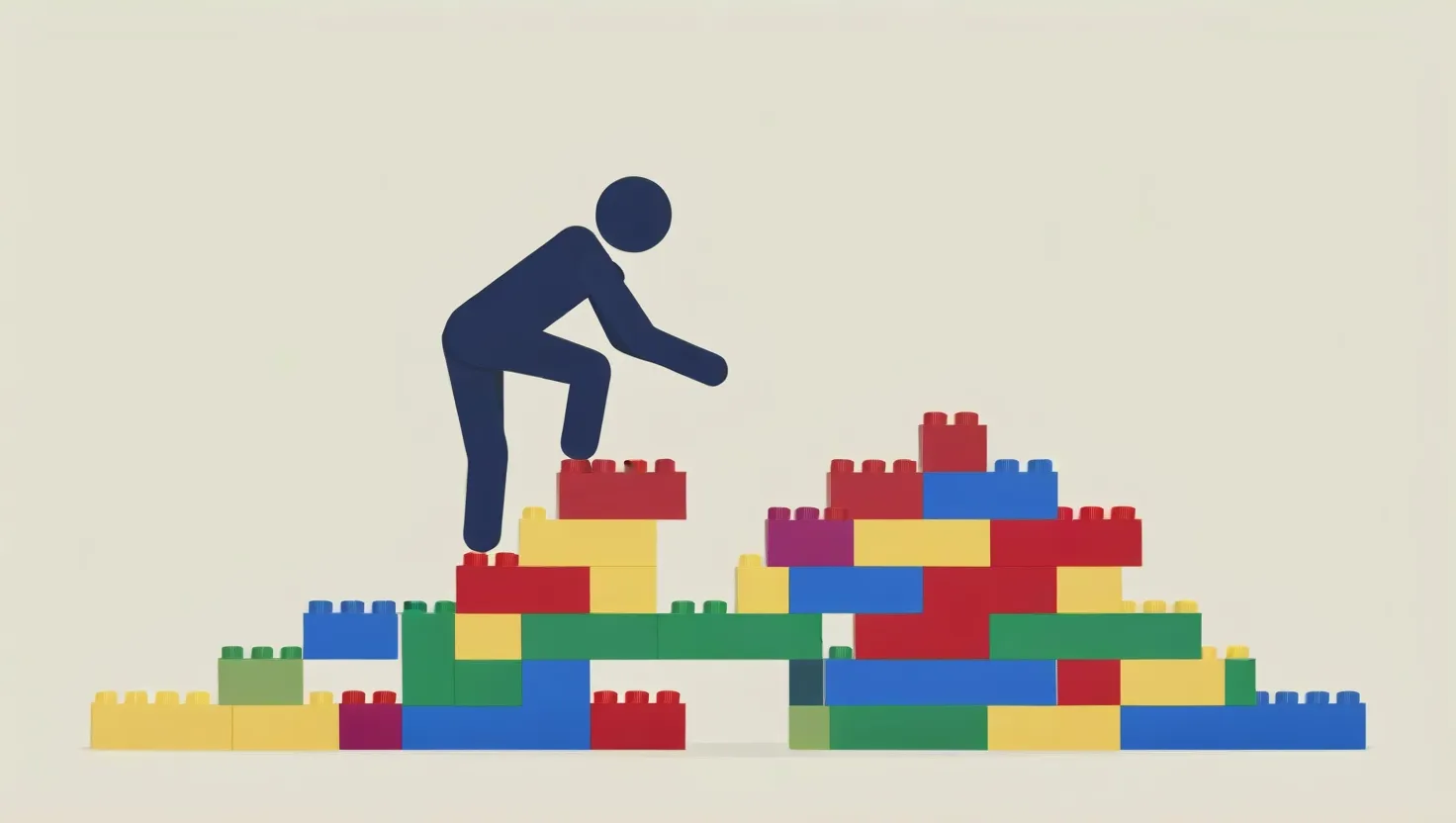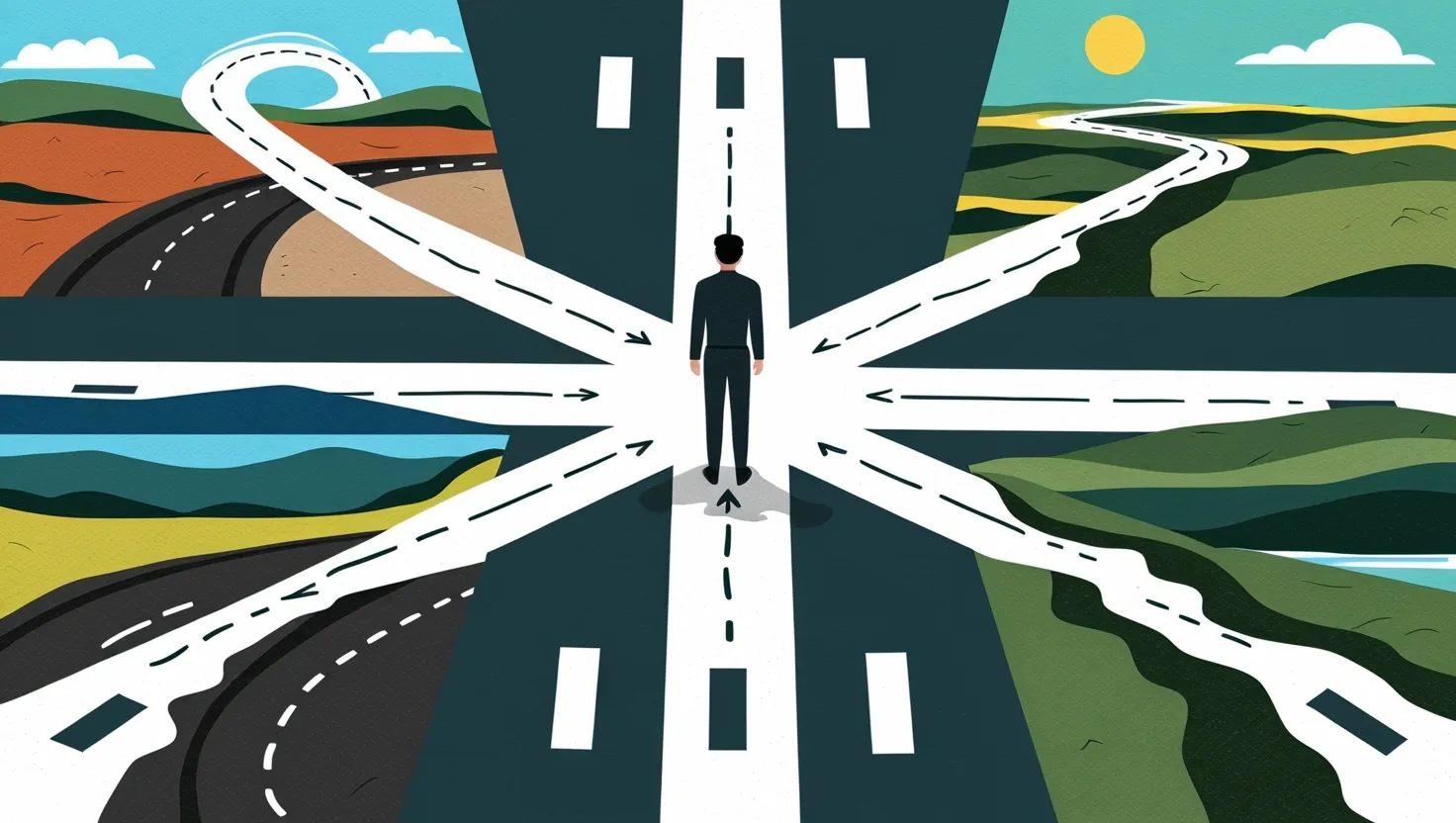When it comes to meeting management, the goal is always to maximize productivity while minimizing waste. Here are seven innovative strategies to help you achieve just that.
The Standing Meeting
Imagine a meeting where everyone stands. It sounds unusual, but it’s a technique that can significantly boost productivity. Standing meetings, often referred to as “stand-up meetings,” are brief and focused. They naturally encourage conciseness because, let’s face it, standing for too long can be uncomfortable. This approach prevents meetings from dragging on unnecessarily and keeps everyone on their toes, literally.
As the renowned business leader, Steve Jobs, once said, “Sometimes when you innovate, you make mistakes. It is best to admit them quickly, and get on with improving your other innovations.” Standing meetings are an innovation that can quickly help you identify and address key issues without getting bogged down in unnecessary details.
The Agenda Timer
Have you ever been in a meeting where the discussion goes off on a tangent, and before you know it, the meeting has overrun its scheduled time? This is where the agenda timer comes into play. Assign specific time limits to each agenda item and use a visible timer to keep discussions on track. This simple tool ensures that all topics are covered efficiently and that everyone stays focused.
When setting up your agenda, ask yourself: What are the most critical topics that need to be discussed? How much time should each topic reasonably take? By doing this, you create a structured framework that respects everyone’s time.
The Silent Start
Starting a meeting with a few minutes of silence might sound counterintuitive, but it can be incredibly effective. Distribute the meeting materials in advance and have everyone review them silently at the beginning of the meeting. This ensures that all participants are prepared and reduces the time spent on basic information sharing.
As the ancient Greek philosopher, Aristotle, noted, “We are what we repeatedly do. Excellence, then, is not an act, but a habit.” Making silent review a habit at the start of your meetings can lead to a culture of preparedness and efficiency.
The Action-Only Rule
Meetings often end with a sense of accomplishment, but without clear action items, that sense can quickly turn into confusion. To avoid this, conclude every meeting with clear action items assigned to specific individuals along with deadlines. This practice ensures that meetings lead to tangible outcomes and that everyone knows what they need to do next.
Ask yourself after each meeting: What were the key decisions made? Who is responsible for each action item? By doing this, you ensure that the meeting’s purpose is fulfilled and that progress is made.
The Meeting Audit
How often do you review your recurring meetings to assess their necessity and effectiveness? Regularly auditing your meetings can help you eliminate or restructure those that no longer serve a clear purpose. This is a crucial step in maintaining productivity and ensuring that every meeting has a defined objective.
As the management guru, Peter Drucker, once said, “There is nothing so useless as doing efficiently that which should not be done at all.” By regularly auditing your meetings, you can identify and eliminate unnecessary ones, freeing up valuable time for more important tasks.
The Virtual-Physical Hybrid
In today’s hybrid work environment, ensuring equal participation from both remote and in-office team members is crucial. One way to achieve this is by having in-office staff join meetings from their desks rather than a conference room. This levels the playing field and improves engagement, as everyone is on the same virtual footing.
Ask yourself: How can we make sure that remote team members feel just as included as those in the office? By creating a virtual-physical hybrid environment, you can foster a more inclusive and collaborative atmosphere.
The Follow-Up Sprint
Sometimes, not all discussions can be wrapped up within the main meeting time frame. This is where the follow-up sprint comes in. Schedule a short follow-up session immediately after the main meeting for those who need to discuss specific points further. This allows the main meeting to end on time while addressing individual concerns.
As the entrepreneur and author, Gary Vaynerchuk, puts it, “Your legacy is being written by yourself, make it a bestseller.” By ensuring that every meeting concludes with a clear plan for follow-up, you can make each meeting a chapter in the bestseller that is your team’s productivity story.
Putting it All Together
Effective meeting management is not just about following a set of rules; it’s about creating a culture of efficiency and productivity. By incorporating these seven strategies into your meeting routine, you can significantly enhance the value of your meetings.
So, the next time you’re preparing for a meeting, ask yourself: What can I do to make this meeting more productive? Is there a way to keep everyone focused and engaged? By answering these questions and implementing these strategies, you can turn your meetings into powerful tools for achieving your goals.
As the legendary business leader, Warren Buffett, said, “It’s better to hang out with people better than you. Pick out associates whose behavior is better than yours and you’ll drift in that direction.” By adopting these productivity hacks, you’re not just improving your meetings; you’re setting a higher standard for your entire team.






